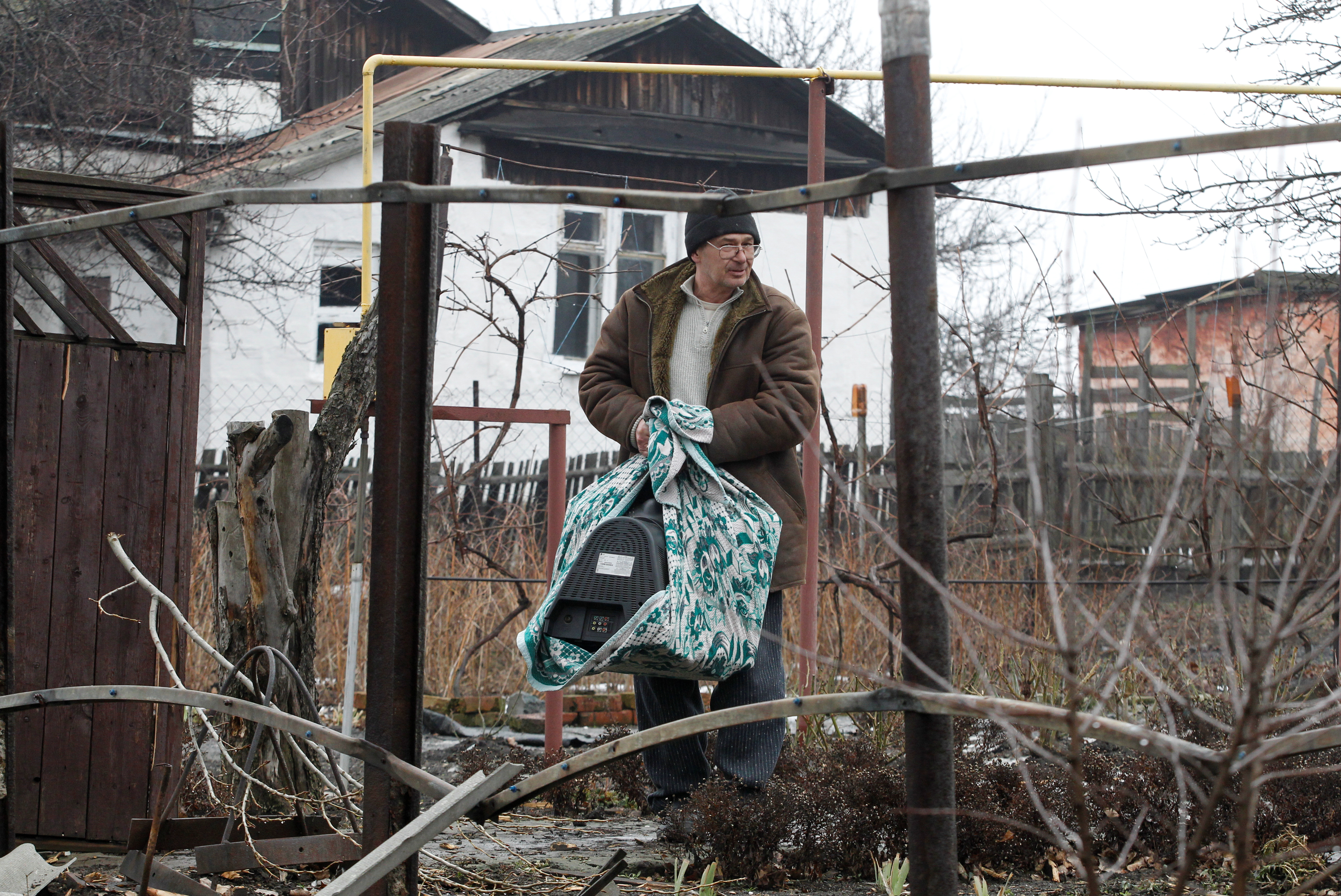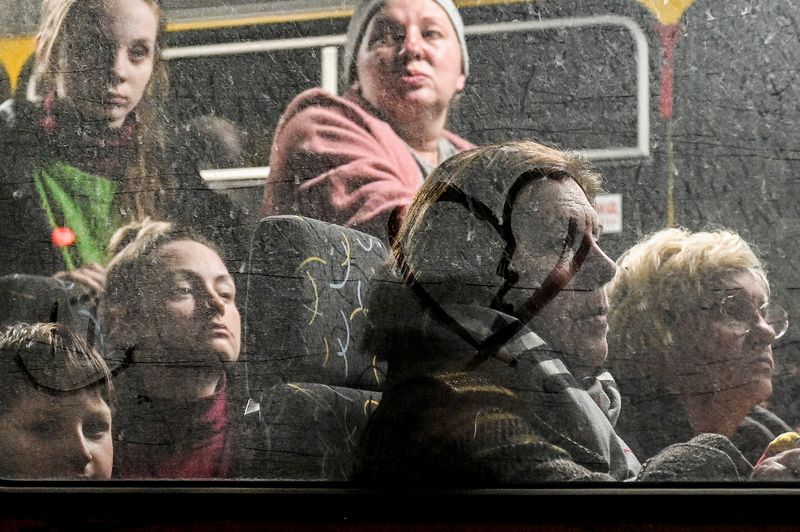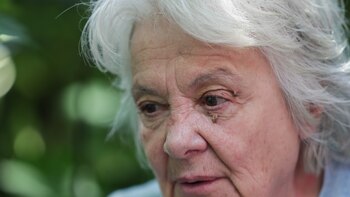
A total of 4,217 civilians were evacuated on Saturday through the humanitarian corridors enabled, of which 1,263 correspond to the city of Mariupol, surrounded by Russian forces for weeks.
Ukrainian Deputy Prime Minister Irina Vereshchuk reported these figures and explained that evacuees from Mariupol, also from Berdiansk, have already arrived in the city of Zaporiya, many of them using their own vehicles. In addition, ten buses from Berdyansk with more than 300 neighbors from Mariupol have arrived in Vasilivka and later to Zaporiya.
Meanwhile, Ukrainian authorities on Saturday evacuated 2,700 civilians from eastern Lugansk, partly controlled by the Russian Army and separatist forces, regional sources announced.

Serhiy Hayday, president of the oblast administration, added that the evacuation had taken place “under fire from the Russian army,” he wrote in a post on his Facebook account, accompanied by photos of the operation.
Of the 2,700 evacuees, approximately 1,800 came from the city of Lychysansk and the surrounding area, while several hundred left Severodonetsk and smaller groups from other towns in the area, he added.
As many as 17 buses have arrived in Berdyansk from Zaporiya and on Sunday morning they are expected to leave with residents of Mariupol.
Vereshchuck announced that throughout the day the Ukrainian authorities hoped to open a total of seven humanitarian corridors, two of them to allow civilians to leave Mariupol and Berdyansk, on the coast of the Sea of Azov, to Zaporiyia. He added that the other five corridors were intended to evacuate residents of Rubizhne, Nishnye, Severodonetsk, Popasna and Lysychansk, in the Lugansk region, in all cases bound for Bakhmut in the Donetsk “oblast”.

La Cruz Roja accede a Irpin
For its part, the International Committee of the Red Cross (ICRC) reported that it managed to visit the city of Irpin, in the western suburbs of Kiev and the scene of some of the worst clashes in the war in Ukraine, which has been able to deliver humanitarian aid to the 3,500 people still in it.
Organizational officials entered the city on Friday, April 1, to deliver food, and hope to increase these shipments over the next week, the organization said in a statement.
Of the 60,000 pre-war inhabitants in this dormitory city around Kiev, there are currently about 3,500, said Alyona Synenko, a local ICRC worker, who stressed that the current priority is to see where these people are.

Michail, a local religious pastor, served as a guide for the ICRC detachment, telling them that one of the main problems in the area was the shortage of drinking water, the statement said.
Access to the city, taken by Russian troops in March but now recovered by the Ukrainian army after Russia's withdrawal from the Kiev area, has been difficult since the invaders destroyed the bridge leaving the town, so it can only be accessed by off-road vehicles.
ICRC reported that the local military hospital has suffered serious damage and is empty, while the only healthcare professional in the area is an ophthalmologist who has had to deal with the treatment of the wounded during the weeks of hostilities that the city has suffered.

The presence of explosive devices on the streets makes it dangerous for trucks to carry humanitarian aid, said ICRC, which is also trying to access the besieged city of Mariupol in southern Ukraine these days, although an attempt to reach that port on the Azov Sea failed on Friday.
With information from EuropaPress and AFP
Keep reading:
Últimas Noticias
Debanhi Escobar: they secured the motel where she was found lifeless in a cistern

The oldest person in the world died at the age of 119

Macabre find in CDMX: they left a body bagged and tied in a taxi
The eagles of America will face Manchester City in a duel of legends. Here are the details

Why is it good to bring dogs out to know the world when they are puppies




